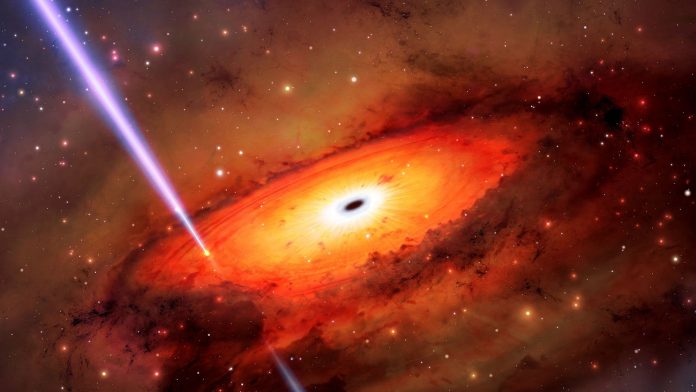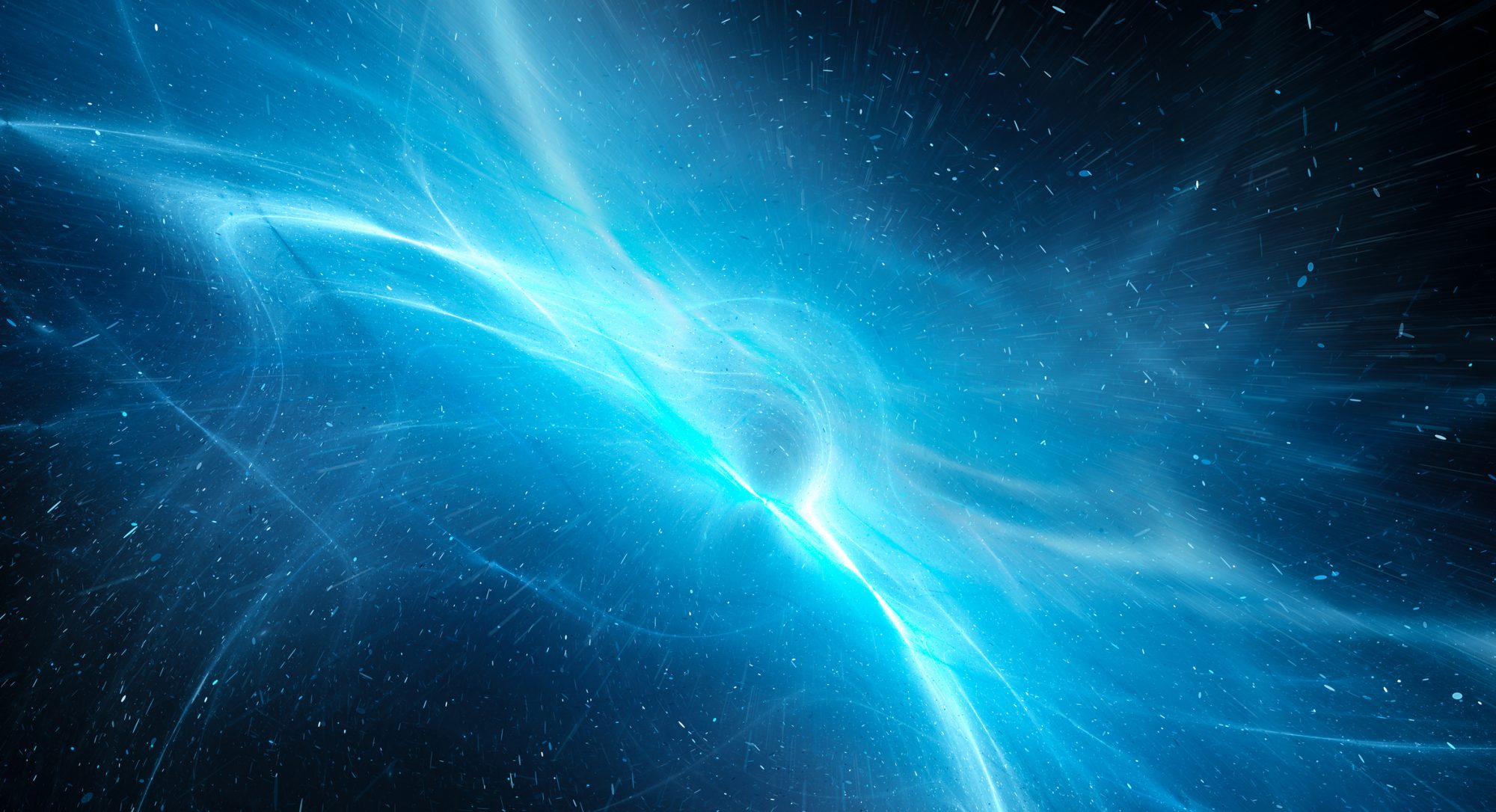
An international team of astrophysicists studying a gamma-ray burst (GRB) may have discovered a new way to destroy stars
While most gamma-ray bursts (GRBs) are produced by exploding massive stars or neutron-star mergers, GRB 191019A appears to have originated from the collision of stars or stellar remnants near a supermassive black hole in the core of an ancient galaxy.
Gamma-ray burst: A new path to stellar demolition
The research findings, spearheaded by Radboud University in the Netherlands, and involving astronomers from Northwestern University, were recently published on June 22 in the esteemed scientific journal Nature Astronomy.
Northwestern astrophysicists Wen-fai Fong and Giacomo Fragione co-authored the study.
“For every hundred events that fit into the traditional classification scheme of gamma-ray bursts, there is at least one oddball that throws us for a loop,” stated Wen-fai Fong.
Giacomo Fragione also commented, “The discovery of these extraordinary phenomena within dense stellar systems, especially those encircling supermassive black holes at the cores of galaxies, is undeniably exciting”.
This finding reveals a previously unseen method of star destruction and GRB generation.
Unlocking the secrets of unusual space events
Researchers acknowledge that for every hundred gamma-ray burst events that fit the conventional classification scheme, there is always an outlier that offers valuable insights into the diverse explosions that occur in the universe.
These extraordinary events shed light on the remarkable range of cosmic phenomena and help astronomers comprehend the complexity of the universe.
Dense stellar systems and black hole cores
Ancient galaxies, no longer active in star formation, possess cores filled with stars and dense stellar remnants like white dwarfs, neutron stars, and black holes.
Scientists have long speculated that the intense gravitational environment surrounding a supermassive black hole could lead to stellar collisions and the production of GRBs.
However, evidence supporting this hypothesis has remained elusive until now.
The observation of GRB 191019A
In October 2019, NASA’s Neil Gehrels Swift Observatory detected a brief flash of gamma rays that lasted slightly over a minute, indicating the occurrence of GRB 191019A.
The subsequent long-term observations made with the Gemini South telescope in Chile provided crucial information about the fading afterglow of the burst.
Surprisingly, no evidence of a supernova, which typically accompanies long GRBs, was found in the captured light.
Challenging stellar death scenarios
Stars generally meet their end through one of three predictable pathways based on their mass.
Low-mass stars like the sun shed their outer layers and become white dwarfs, while more massive stars explode as supernovae, leaving behind neutron stars or black holes.
The third scenario involves binary systems formed by stellar remnants colliding. However, the new study suggests the existence of a fourth option.
Exploring the densest regions of the universe
The research team’s findings indicate that stars can meet their demise in the densest regions of the universe, where collisions can occur.
This discovery not only enhances our understanding of stellar deaths but also raises questions about potential sources of detectable gravitational waves on Earth.

Implications for long GRBs and ancient galaxies
The study challenges existing expectations regarding long GRBs and their association with ancient, inactive galaxies.
While long GRBs are typically not found in galaxies as old and quiescent as the host of GRB 191019A, short GRBs, originating from mergers, have not been strongly linked to the nuclei of their host galaxies.
The event in the core of the ancient galaxy introduces new possibilities for studying the formation of rarely observed binary systems.
Unveiling concealed events
It is plausible that similar events occur regularly in densely populated regions throughout the universe but have gone unnoticed due to the abundance of dust and gas in galactic centers.
These obscuring elements can mask both the initial burst and the subsequent afterglow. GRB 191019A’s detection and analysis provide a unique opportunity to study such an event and its aftermath.
Expanding the search and confirmation
By actively searching for more events like GRB 191019A, scientists aim to establish correlations between GRB and gravitational-wave detections.
This would offer valuable insights into the true nature of these events and confirm their origins, even in challenging environments.










